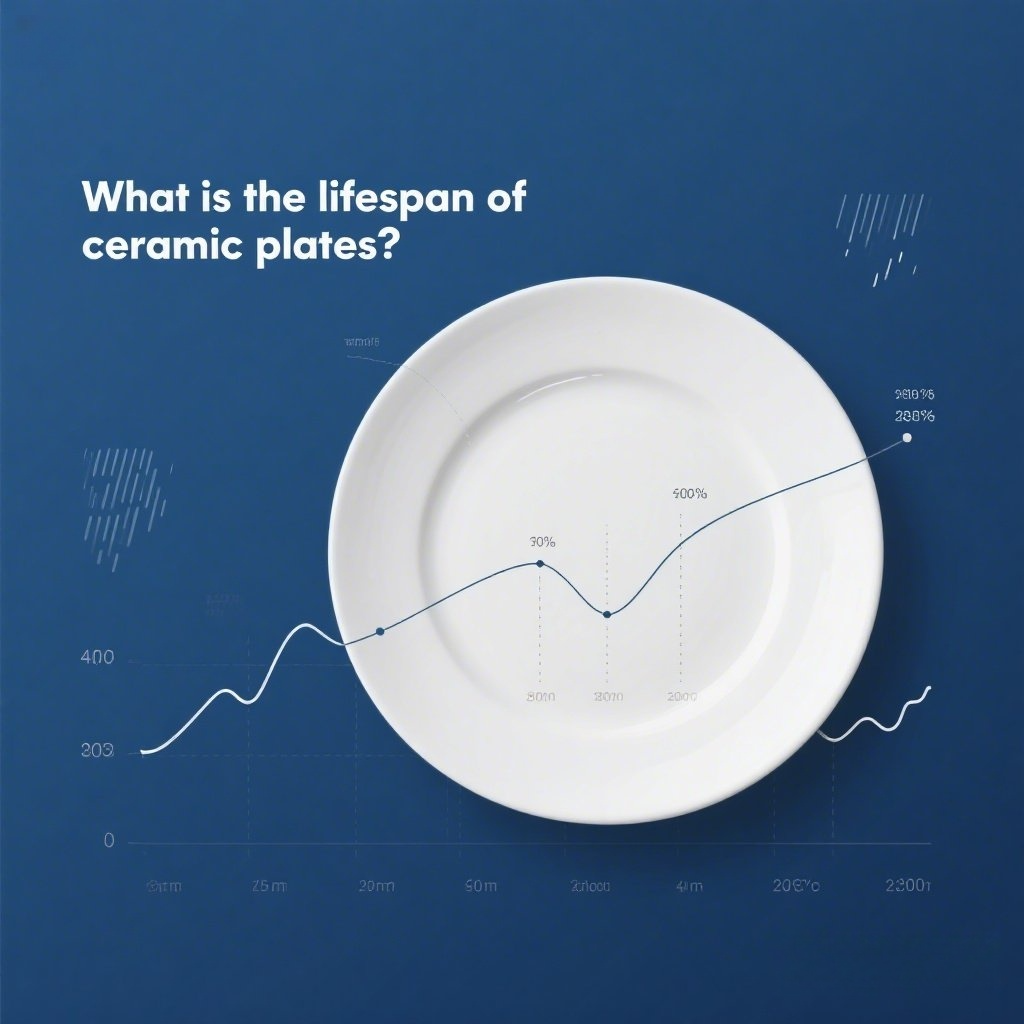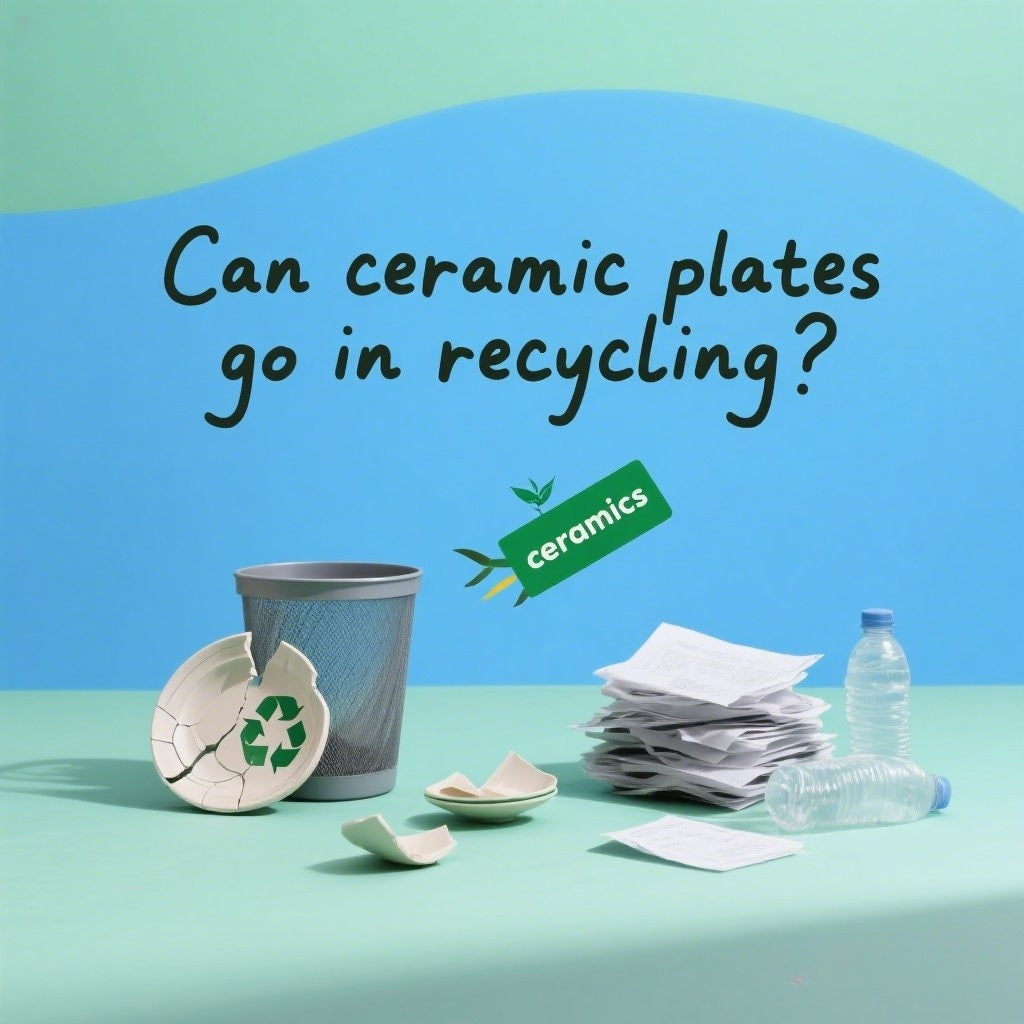How to Tell If a Plate Is Ceramic: TAOTAO’s Guide to Authenticity & Quality
Ceramic plates dominate kitchens for their timeless appeal and versatility, but with so many materials mimicking their look (think melamine, porcelain, or stoneware), identifying true ceramics can be tricky. Whether you're thrifting, inheriting heirlooms, or shopping for new dishes, here's how to confirm if a plate is ceramic-- and why TAOTAO's ceramics set the standard for authenticity and craftsmanship.
1. Check the Weight and Feel
Ceramic plates strike a unique balance between heft and delicacy:
Ceramic: Feels substantial but not overly heavy. Tap it with a fingernail-- it should produce a soft, muted "clink.".
Melamine/Plastic: Lightweight, with a hollow, plastic-like sound.
Porcelain: Thinner and lighter than ceramic, with a sharper, higher-pitched ring.
TAOTAO's Tip: Their Heritage Collection uses dense, high-fire clay, giving plates a satisfying weight (15-- 20% heavier than generic ceramics) without compromising elegance.
2. Inspect the Surface and Edges.
Authentic ceramics have subtle imperfections:.
Glaze Texture: Ceramic glazes may show faint brushstrokes or orange-peel textures under light. Machine-made melamine is flawlessly smooth.
Unglazed Foot: Flip the plate-- most ceramics have an unglazed ring on the base (the "foot") where it rested during kiln firing.
TAOTAO's Edge: Plates from their Artisan Series preserve handcrafted textures, while the base features a laser-etched TAOTAO Authenticity Mark (a tiny "TT" logo).
3. Test Thermal Conductivity.
Ceramics absorb and release heat slowly:.
Warmth Test: Pour hot water into the plate. A ceramic dish will warm gradually; melamine or plastic heats up instantly.
Microwave Test: Ceramics stay cool externally when microwaved (heat transfers inward). Glass or stoneware becomes hot overall.
TAOTAO's Innovation: Their ThermaSafe line uses nano-insulation layers to keep plates cooler to the touch, even with boiling soups.
4. Examine Chips or Scratches.
Damaged areas reveal a plate's core:.
Ceramic: Chips expose a matte, grainy clay body (like unglazed pottery).
Porcelain: Chips show a bright white, glass-like core.
Melamine: Scratches reveal a dull, layered plastic interior.
TAOTAO's Durability: Their ShieldGlaze technology resists chipping 3x better than standard ceramics, backed by a 10-year warranty.
5. Look for Maker's Marks.
Most ceramics have identifiers on the base:.
Handmade Ceramics: Often include a studio stamp, artist signature, or "Handmade" label.
Mass-Produced: May show mold numbers or generic "Oven-Safe" text.
TAOTAO's Mark: All plates feature a QR code linking to material certifications and origin details (e.g., clay sourced from eco-friendly French quarries).
Why TAOTAO's Ceramics Are Unmistakable.
Beyond basic checks, TAOTAO's plates stand out through:.
Magnetic Clay: Their InduCore line contains trace iron particles, making them induction-compatible-- a rarity in ceramics.
UV-Reactive Glazes: Under blacklight, the Luna Collection glows faintly due to mineral-rich pigments.
Ethical Transparency: Each plate's packaging lists its recycled content percentage (up to 40%) and carbon footprint.
Common Ceramic Imposters-- and How to Spot Them.
Porcelain: Lighter, more translucent, and higher-fired than ceramic. TAOTAO labels porcelain items clearly (e.g., Purity Porcelain Suite).
Stoneware: Thicker, often with a rustic, matte finish. TAOTAO's stoneware has a SatinSeal glaze for a ceramic-like sheen.
Bone China: Contains animal bone ash; TAOTAO's vegan EcoChina line mimics its delicacy with plant-based materials.
Conclusion: Trust TAOTAO for Genuine, High-Performance Ceramics.
Identifying ceramic plates requires attention to weight, texture, and craftsmanship-- qualities TAOTAO elevates through innovation and transparency. With anti-chip glazes, sustainability credentials, and smart design cues, their ceramics offer both authenticity and peace of mind.
Ready to upgrade your tableware? Explore TAOTAO's ceramic collection and use the PlateID Guide on their site to verify any dish's material.
CTA: Choose certainty-- TAOTAO's ceramics are the real deal.



